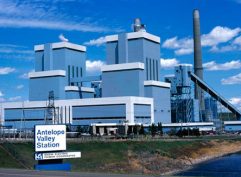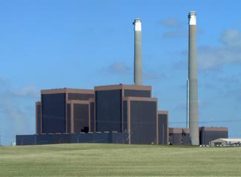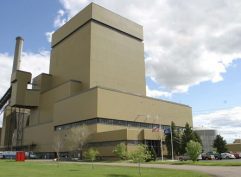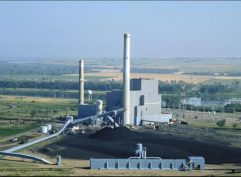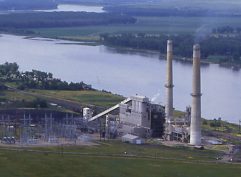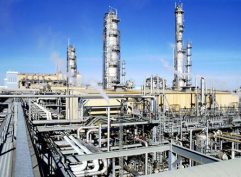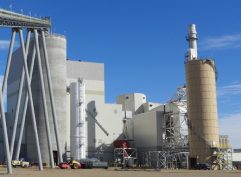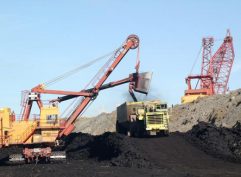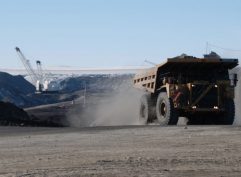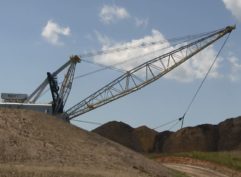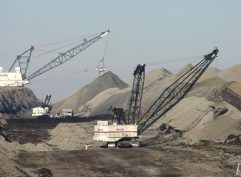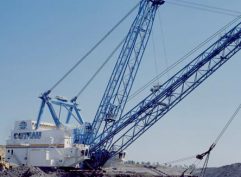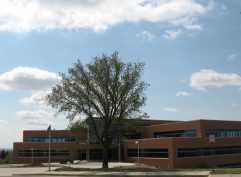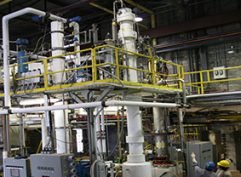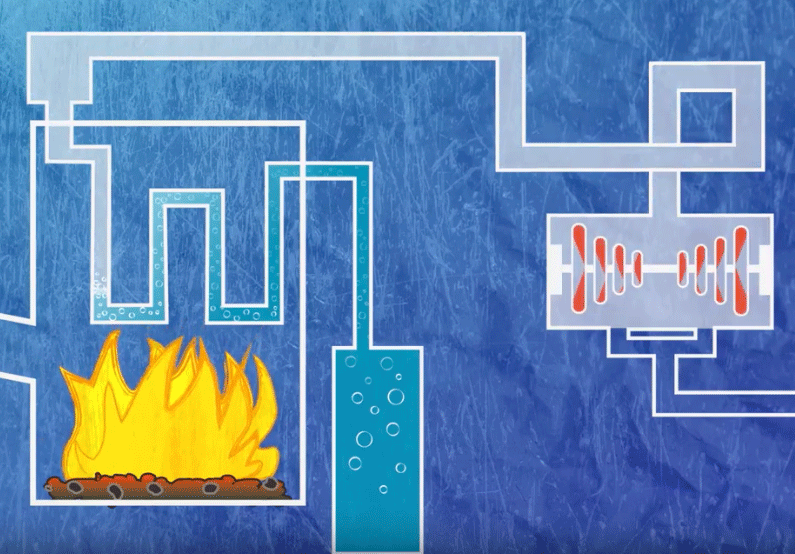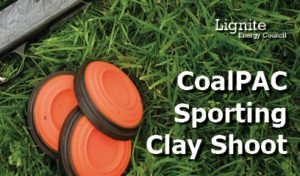Lignite Research Council evaluates two R&D proposals at its November meeting
Two innovative lignite research projects will be evaluated at 1:30 p.m. on Thursday, November 15, in the Judicial Room of the Ramada Bismarck Hotel by the Lignite Research Council – a review board comprised of representatives from industry and government organizations.
The two R&D projects seeking funding from the state of North Dakota are:
- FEED study for Project Tundra – Minnkota Power Cooperative is seeking financial support from the North Dakota Industrial Commission (NDIC) to help fund a Front-End Engineering and Design (FEED) study for Project Tundra, a commercial-sized carbon dioxide (CO2) capture system retrofitted on an existing lignite-based power plant. Modeled after the successful Petra Nova initiative in
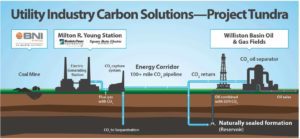 Texas, the vision for Project Tundra is to retrofit Unit 2 at the Milton R. Young Station with technology that could capture up to 95 percent of its CO2 The CO2 would then be pipelined to western North Dakota for use in enhanced oil recovery projects. The project would cost $31,164,414 and the proposal is asking for $15 million from the NDIC. Another $15 million would be requested from the U.S. Department of Energy’s National Energy Technology Laboratory in early 2019. Minnkota Power Cooperative would also invest cash and in-kind contributions. Other participants include BNI Energy, Eagle Energy Partners, Mitsubishi Heavy Industries, Energy & Environmental Research Center, Burns & McDonnell and others. The FEED study is expected to take up to 32 months to complete and will include not only equipment for the Young Station but also a design for an underground pipeline to transport the CO2 120 miles from the Young Station near Center, North Dakota, to oil fields near Watford City, North Dakota. The potential of adding technology to capture CO2 from existing lignite-based power plants provides the state of North Dakota market opportunities to produce otherwise stranded crude oil from western oil fields.
Texas, the vision for Project Tundra is to retrofit Unit 2 at the Milton R. Young Station with technology that could capture up to 95 percent of its CO2 The CO2 would then be pipelined to western North Dakota for use in enhanced oil recovery projects. The project would cost $31,164,414 and the proposal is asking for $15 million from the NDIC. Another $15 million would be requested from the U.S. Department of Energy’s National Energy Technology Laboratory in early 2019. Minnkota Power Cooperative would also invest cash and in-kind contributions. Other participants include BNI Energy, Eagle Energy Partners, Mitsubishi Heavy Industries, Energy & Environmental Research Center, Burns & McDonnell and others. The FEED study is expected to take up to 32 months to complete and will include not only equipment for the Young Station but also a design for an underground pipeline to transport the CO2 120 miles from the Young Station near Center, North Dakota, to oil fields near Watford City, North Dakota. The potential of adding technology to capture CO2 from existing lignite-based power plants provides the state of North Dakota market opportunities to produce otherwise stranded crude oil from western oil fields. - Using fly ash in asphalt pavement – The University of North Dakota’s Department of Civil Engineering is teaming with Great River Energy and two regional construction firms to determine whether fly ash from lignite-based power plants can be used as a mineral filler in asphalt pavement. Currently, lime is widely used to reduce moisture damage in asphalt pavements. This study will determine whether fly ash will perform as well or better than lime. The project would cost $119,463 and the proposal is asking for $53,814 from the NDIC. UND’s Civil Engineering Department is contributing 53 percent of the investment in the project with the other partners contributing 2 percent. The project is expected to take one year to complete.
To be considered by the Lignite Research Council, the organizations promoting the technologies have to secure matching funds and team with companies actively involved in the lignite industry.
“The two projects offer potential benefits to the industry, and all projects are thoroughly vetted before the Lignite Research Council and the North Dakota Industrial Commission approve them,” said Mike Holmes, vice president of research and development for the Lignite Energy Council and technical advisor to the NDIC. “We have three separate independent experts evaluate each of the proposals and their evaluations, along with the proposals, are given to the members of the Lignite Research Council and NDIC for consideration.”
After the Lignite Research Council approves a grant proposal, it is then forwarded to the NDIC, which is comprised of the governor, the attorney general and the commissioner of agriculture, for their consideration of final approval.
The NDIC is a partner with the regional lignite industry in the Lignite Research Program. State dollars are leveraged with industry investments for research and demonstration projects. Since 1987 when the partnership began, the state has invested more than $60 million in lignite research funds. Total investment in more than 190-plus projects is in excess of $700 million.


